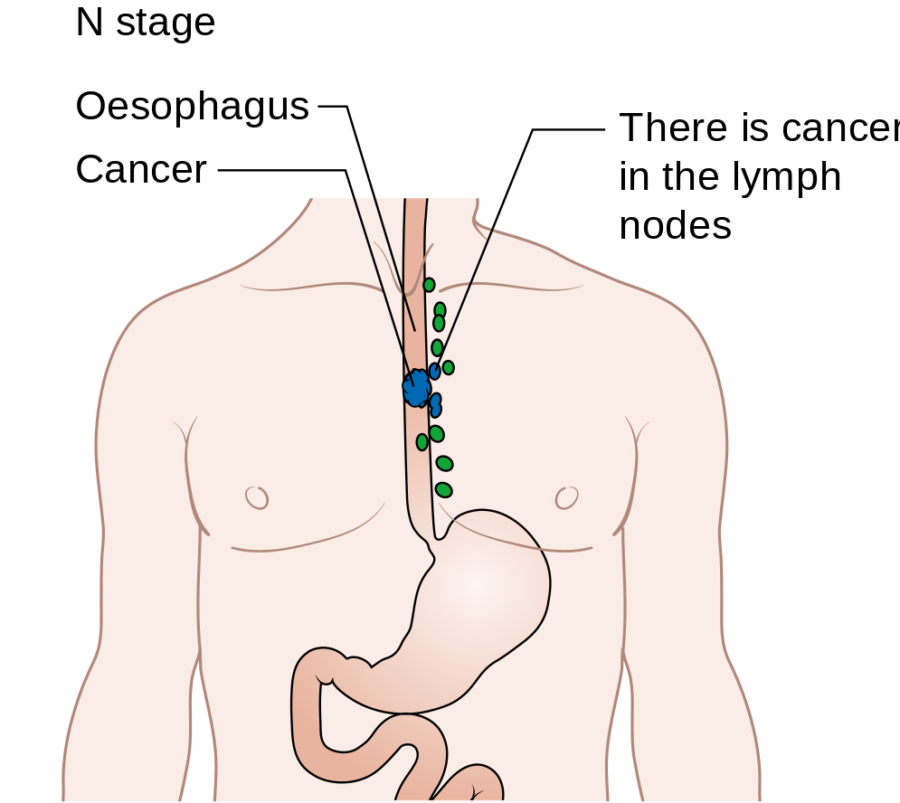
Screening and Treatment Options
BOB CAT is not recommending that the entire general population be screened for BE but instead suggests screening for only certain high-risk patients. One such group would include male patients over 60 years of age and who have suffered from GERD for ten years or more. This would be true even in cases where the disorder is being effectively managed with medication. White males over 50 with central obesity issues are also considered a higher risk group.
Once a patient is diagnosed with BE, the persistence of LGD, the appearance of lesions, and other specific symptoms can increase the risks substantially. At this point, an endoscopic resection followed by rigorous monitoring is often recommended. BOB CAT does not recommend the surveillance of non-dysplastic BE in patients with a life expectancy of less than 5 years or less because the risk for malignant progression appears to be quite low during this 5-year timeframe. The authors of the report offer a wide range of optional management strategies based on disease progression, including an escalation strategy of intervention and follow-up for high-risk patients and a de-escalation strategy of monitoring for lower-risk patients.
Research Continues for Barrett’s Esophagus
BOB CAT also makes some very strong arguments in favor of more extensive medical research in the future. The authors believe that further research is needed regarding the most beneficial methods of BE management, the optimal numbers and settings for patient surveillance, and the best possible surveillance intervals for LDG. Finally, the task force recommends that more data is needed regarding the chemopreventive trials of proton pump inhibitors and the Aspirin Esomeprazole Chemoprevention Trial (AspECT) for patients suffering with BE, as well.


